For the past 53 years, the iconic athletics magazine has published a special issue dedicated to “swimsuits.” More accurately, the annual edition has literally exposed supermodels who, in minimal attire, have struck sexy poses on sandy beaches and in a variety of other seductive settings.
Some have rightly wondered how such images even represent sport: What exactly is the game? Wherein lies the competition? Nevertheless, the annual spectacle of skin has continued, probably because the magazine’s largely male target market also enjoys sexual stimulation.
Surprisingly this year, Sports Illustrated has altered its strategy. Rather than limiting layouts to the stereotypically beautiful (e.g., young and slim), the magazine has adopted a more inclusive approach. The newest issue embraces women who vary much more in shape and size, as well as age.
One of the women featured is “plus-size” model Hunter McGrady, who some are calling Sports Illustrated’s “curviest model ever.” The issue also includes veteran super model Christie Brinkley, a very young-looking 63. In addition, tennis star Serena Williams makes an appearance, adding both physical and racial diversity.
Many have commended Sports Illustrated’s efforts to dispel stereotypes. In an era of rampant body-shaming, it’s refreshing to see a popular periodical actively support a broader standard of beauty. Such compliments would be well-deserved, if Sports Illustrated portrayed women in ways that preserved their personhood. Unfortunately, however, the magazine seems determined to blur the lines between popular press and pornography.
In many shots, models wear very little or nothing at all, which is ironic since the issue bills itself as the “swimsuit edition.” Several of the women go topless, barely concealing their breasts with their hands or other creative coverings. For her photos, McGrady wore nothing at all, save a layer of body paint. She was, in her own words, “100% naked.”
In addition, the positions in which many of the women pose appear aimed at erotica. One shot of Hailey Clauson shows her in a see-through top, lying on her back, on an animal skin, with legs spread open toward the camera. Another has her stretched-out, stomach-down, on a beach, her buttocks bare as she pulls at the bikini bottom wrapped around her ankles.
These images aren’t unusual; they’re typical of the shots Sports Illustrated selects, most of which oversexualize and objectify women. The magazine might argue that it’s celebrating beauty and the female form, but that pretense is as much a perversion as the pictures themselves.
Realistically, most men who buy the magazine or view the photos online aren’t admiring women as whole persons (body, mind, and spirit); rather, they’re ogling them as sex objects (breasts, legs, and bottoms). Given the great personal and social costs of pornography and other sexual addition, SI is not doing these men or anyone else a favor.
Equally concerning are the damaging perceptions of women that these pictures promote. Reducing women to body parts undermines their personhood, intellect, and abilities. It’s hard to think of others as colleagues worthy of equal pay and promotions when they’re simply seen as a sex objects.
So, is Sports Illustrated’s new inclusiveness benefiting women who are bigger, older, or otherwise more diverse? Absolutely not. The swimsuit issue is now just sexually objectifying a wider range of women—doing to them the same thing it has done to a smaller sample for decades. However, this oversexualizing of women of all shapes and sizes is even more troubling. Framing certain types of women as sex objects was bad enough; seeing all women through a purely sexual lens further democratizes the dehumanization and promises even more widespread gender inequality.
At a time when many people rightly reject locker room talk and take stands for the fair treatment of women, it’s amazing that Sports Illustrated’s popular press flesh-peddling endures unscathed. More people should be concerned about the impact such pervasive images have on both sexes. Inclusion is generally good, but equal exploitation makes for "Single-Minded Marketing."
Learn more about the Mindful Matrix and Mindful Meter.
Check out Mindful Marketing Ads and Vote your Mind!

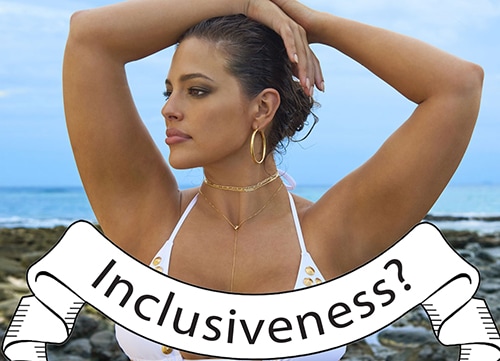
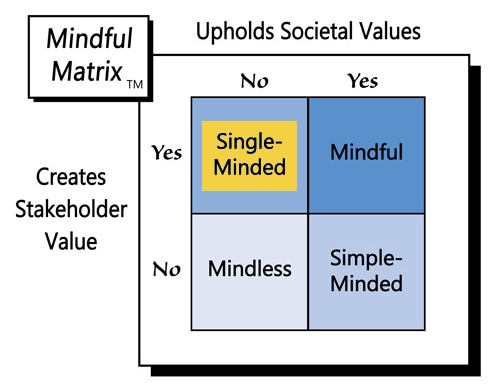
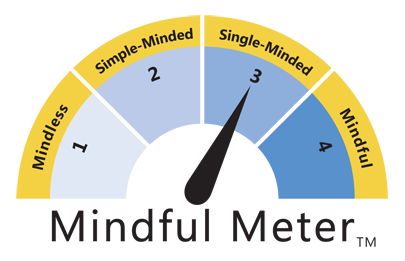

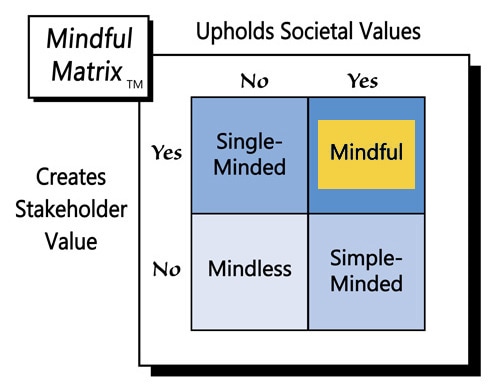
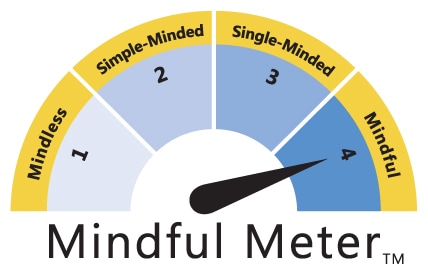

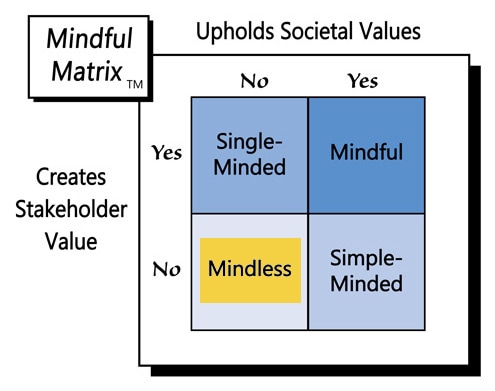
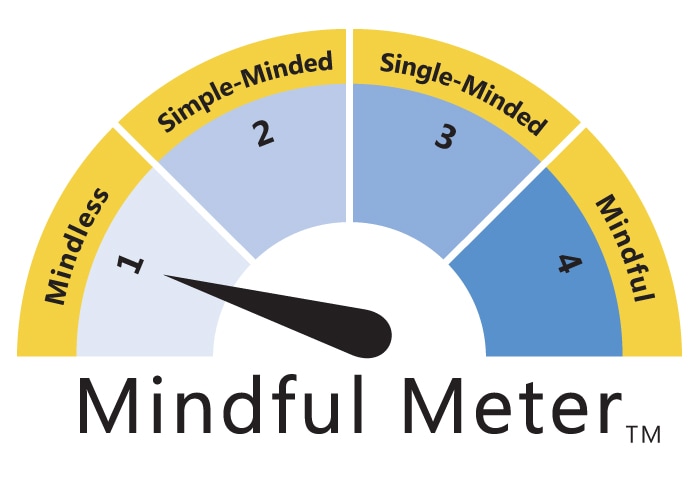

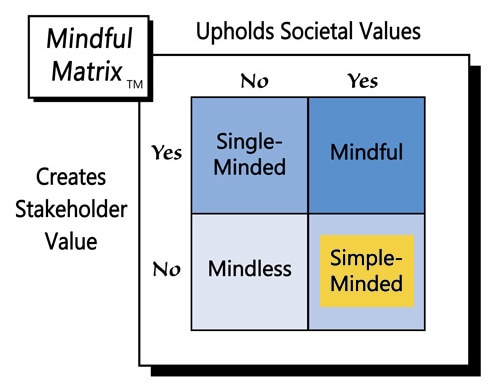
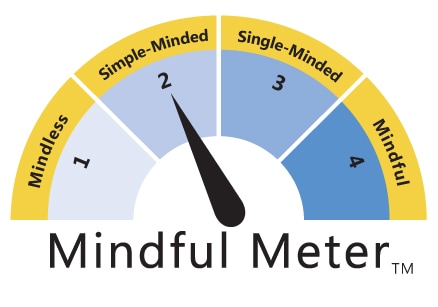
 RSS Feed
RSS Feed